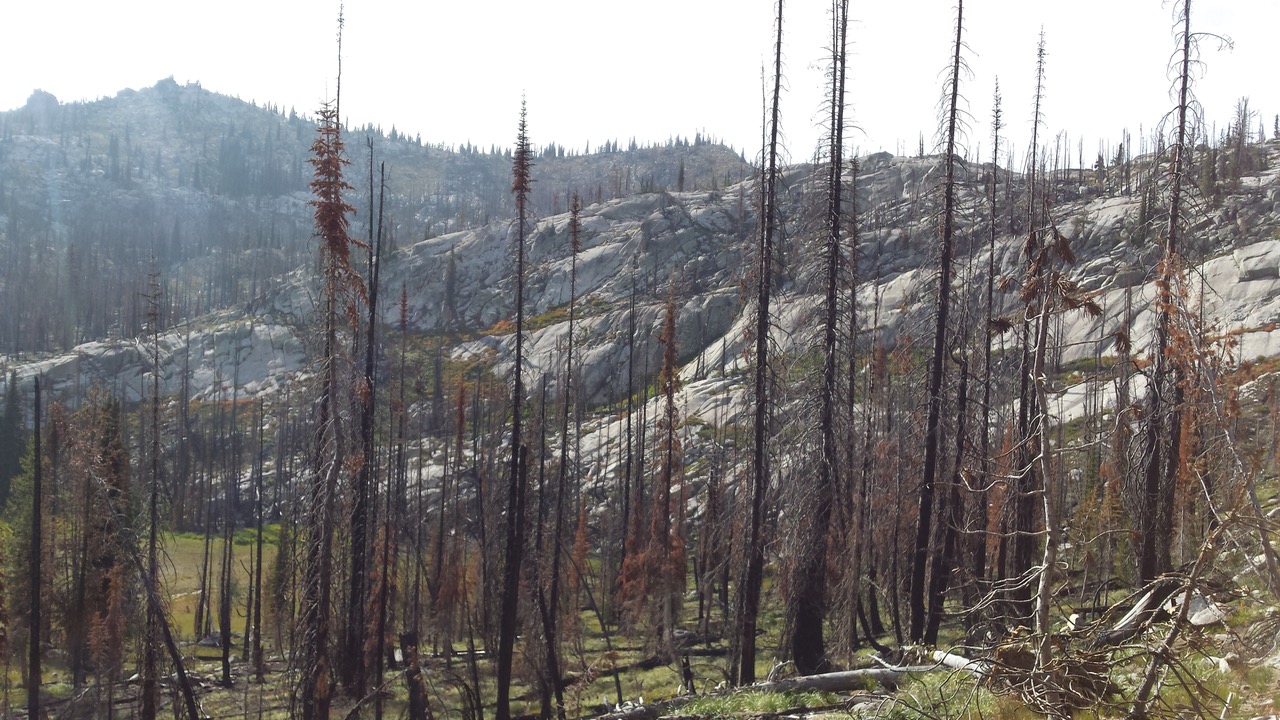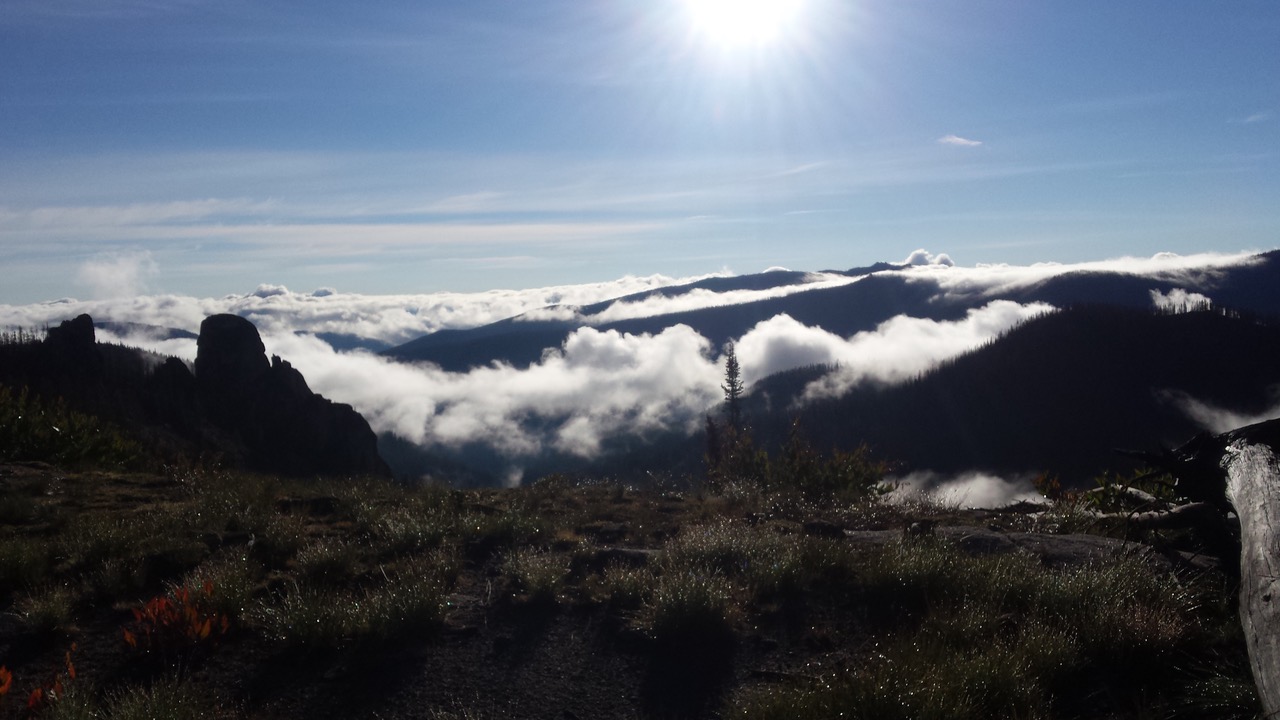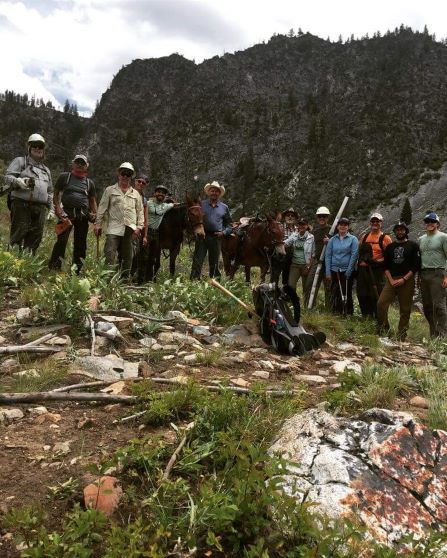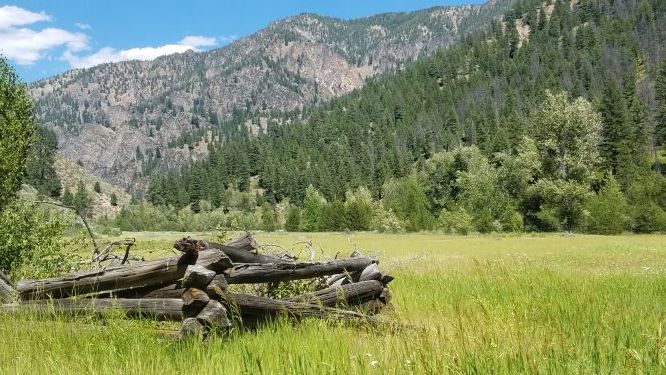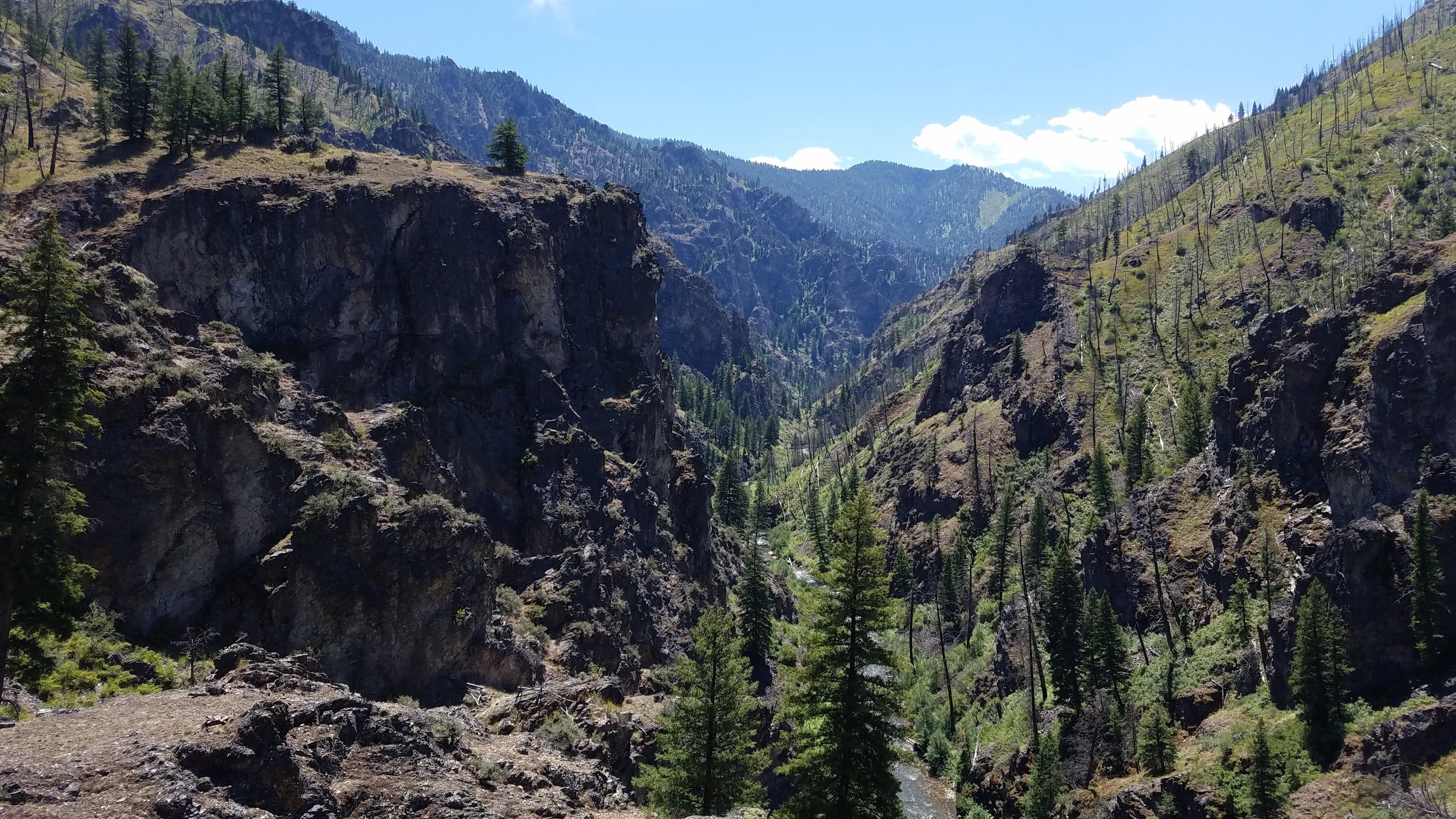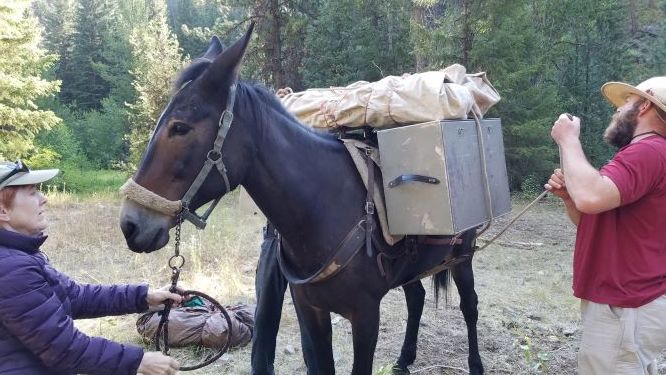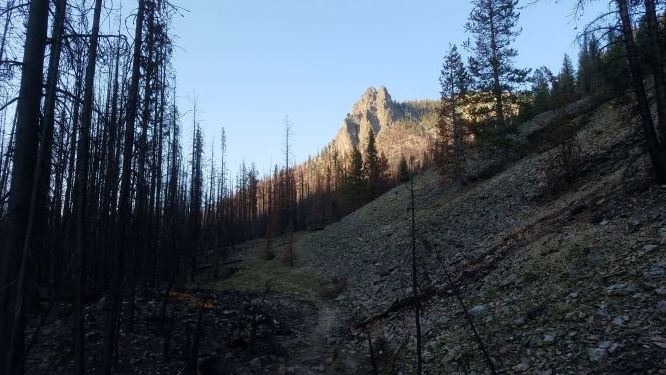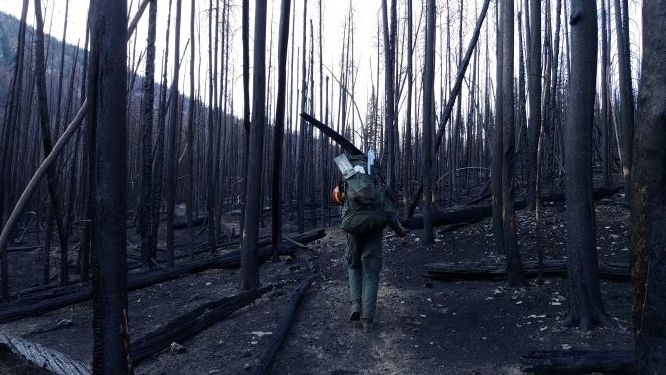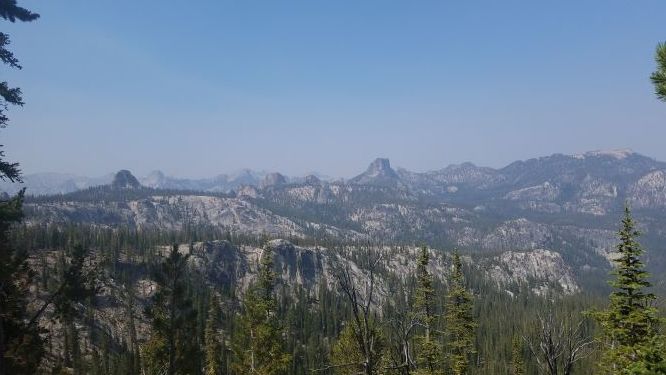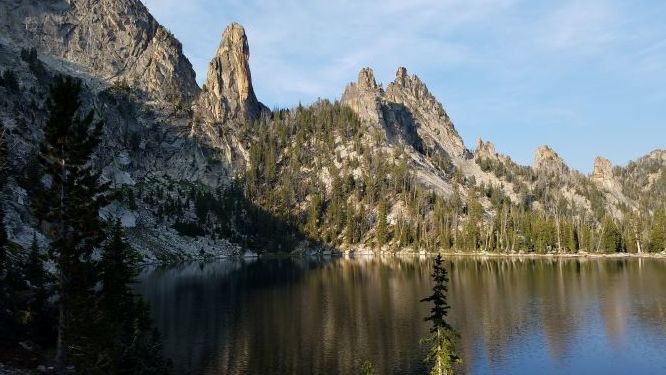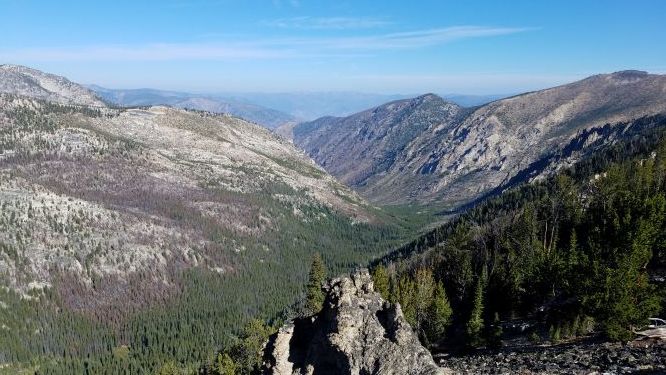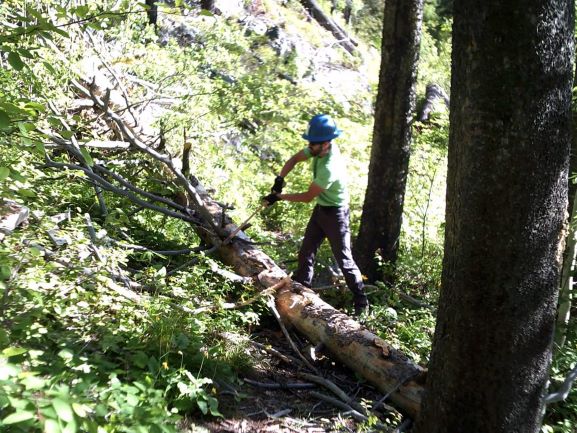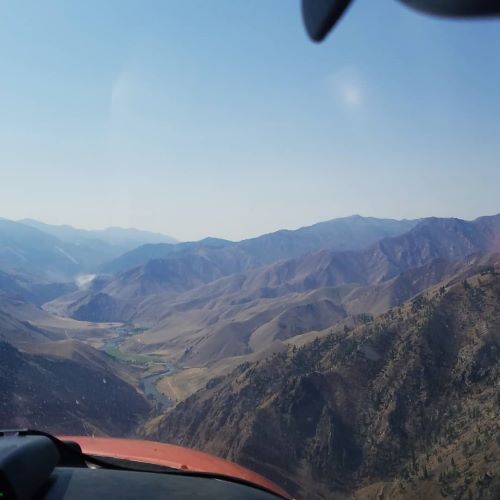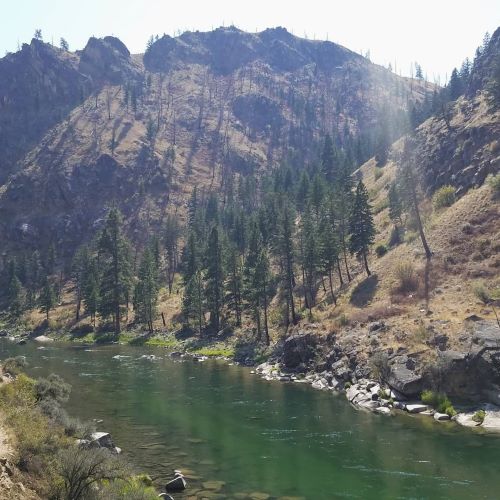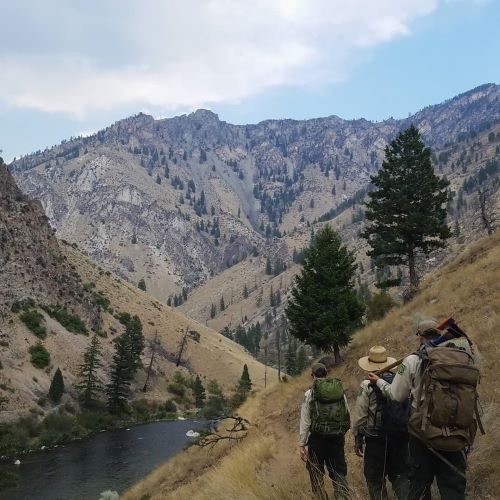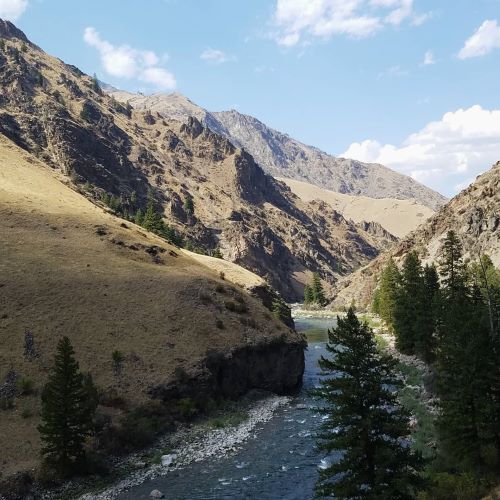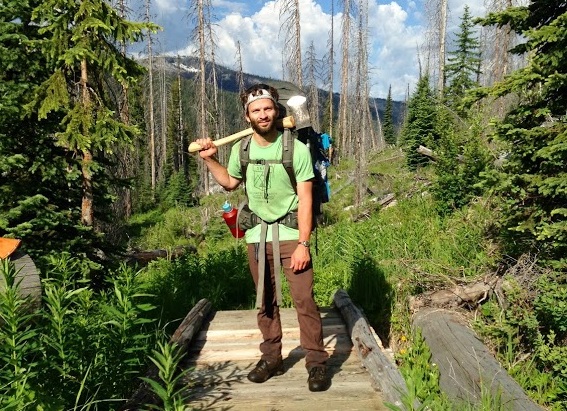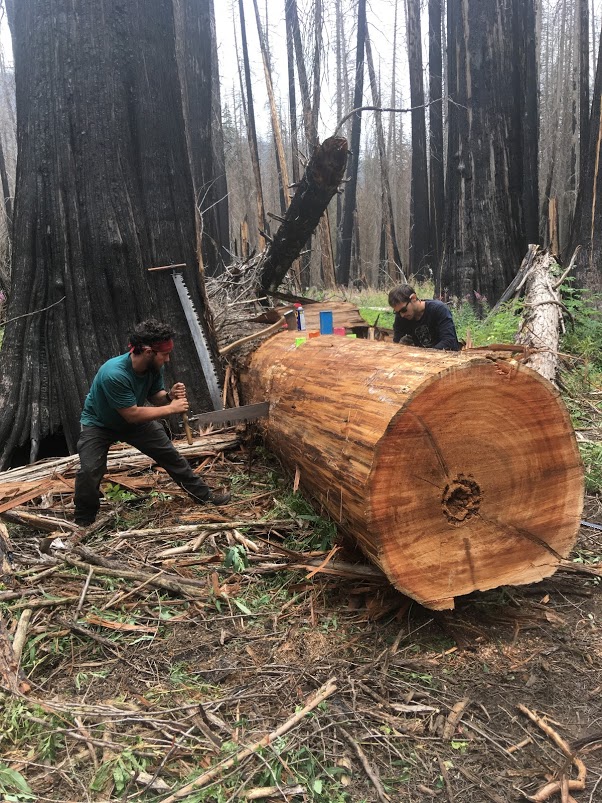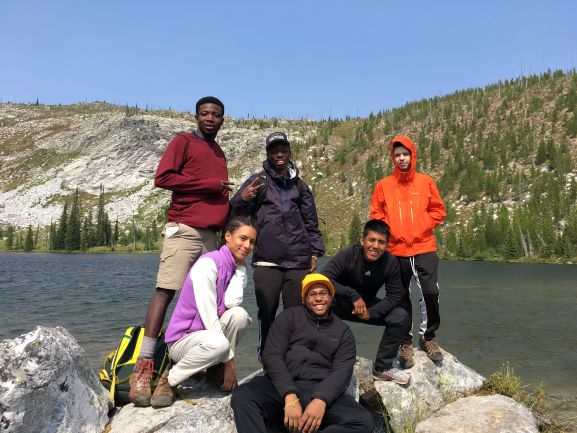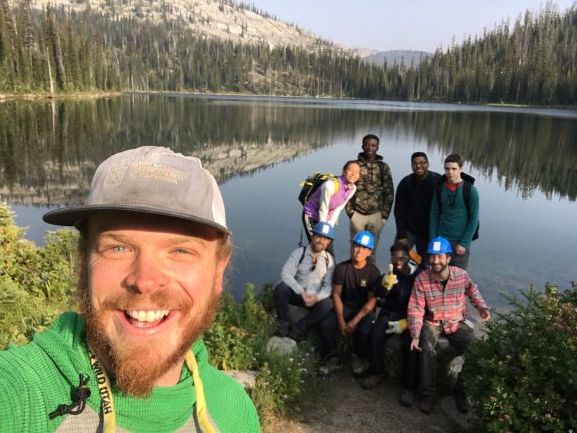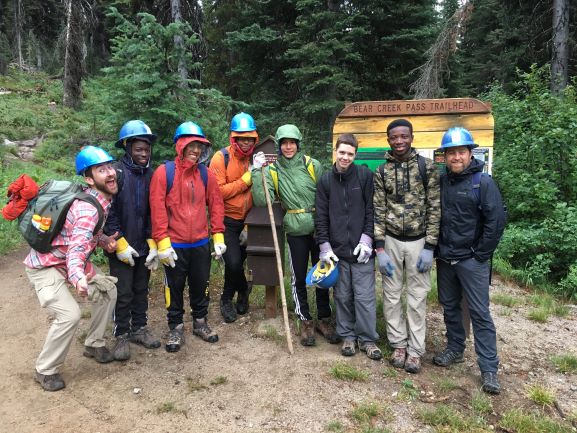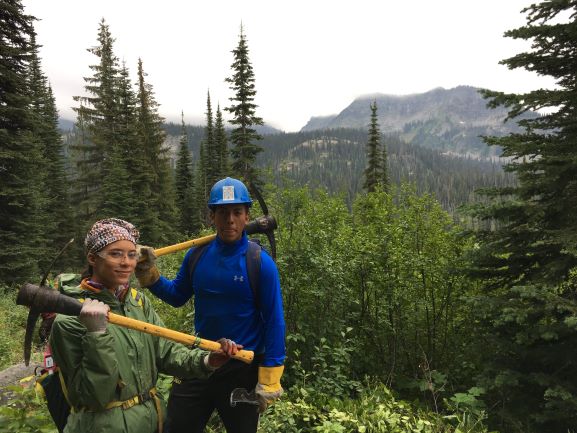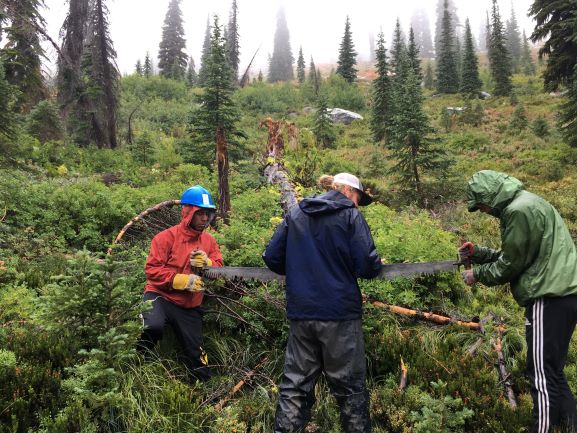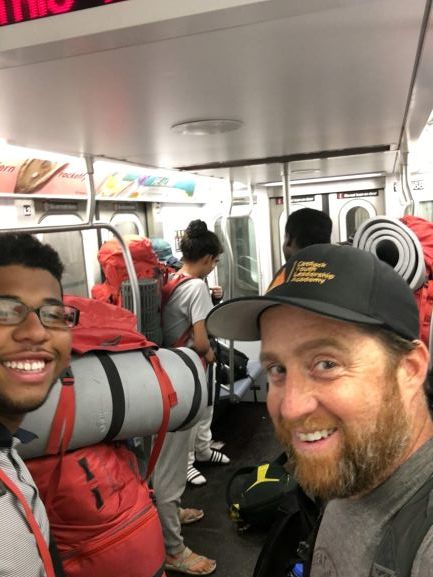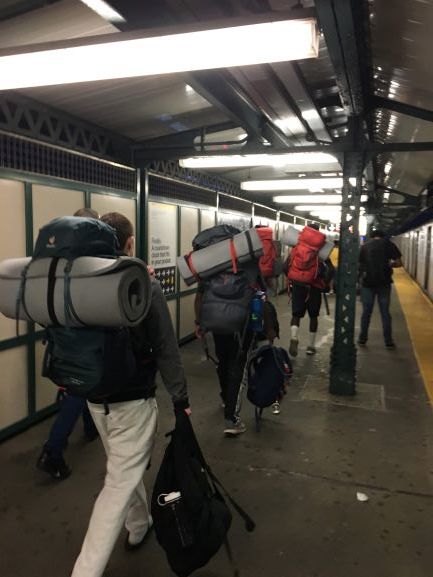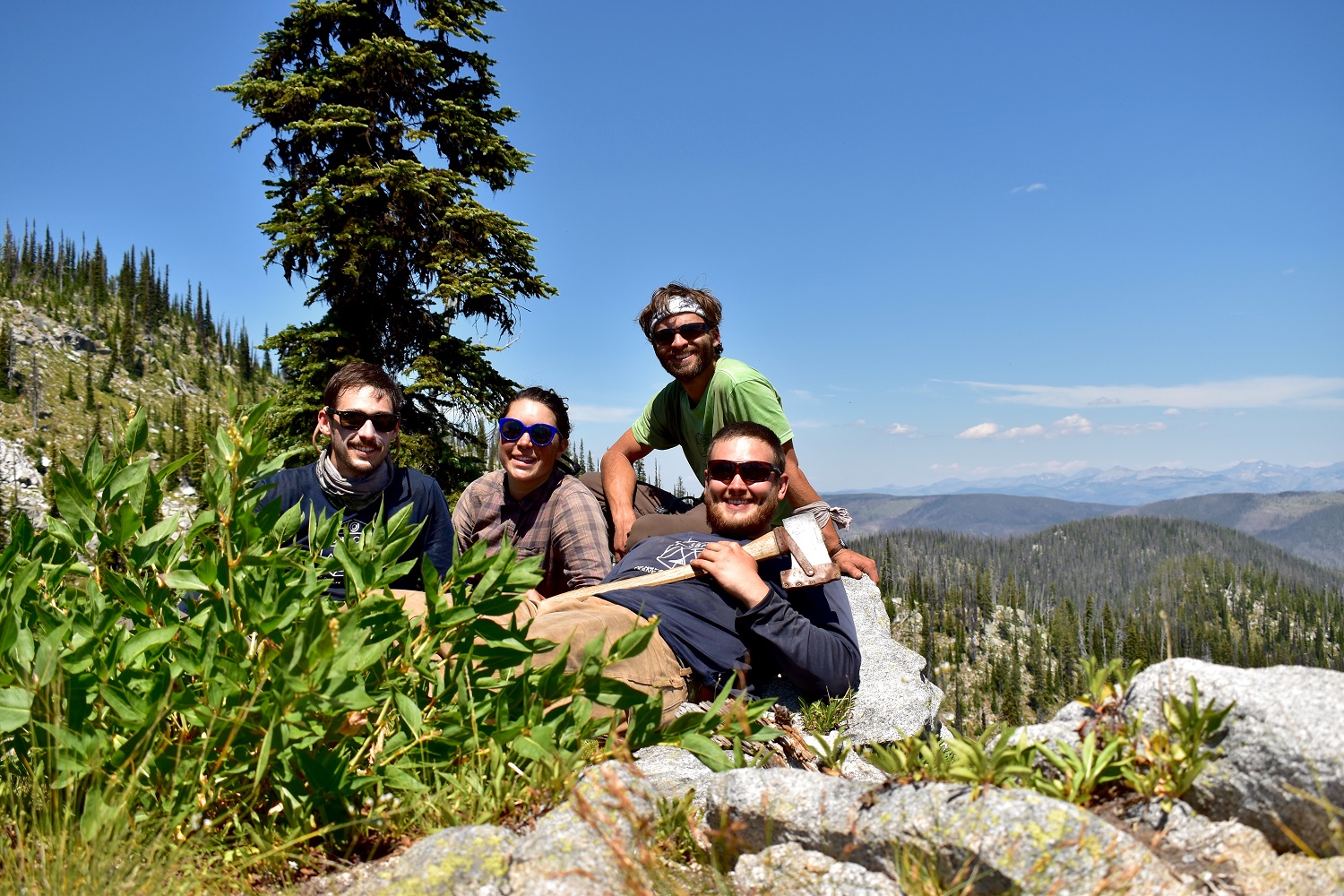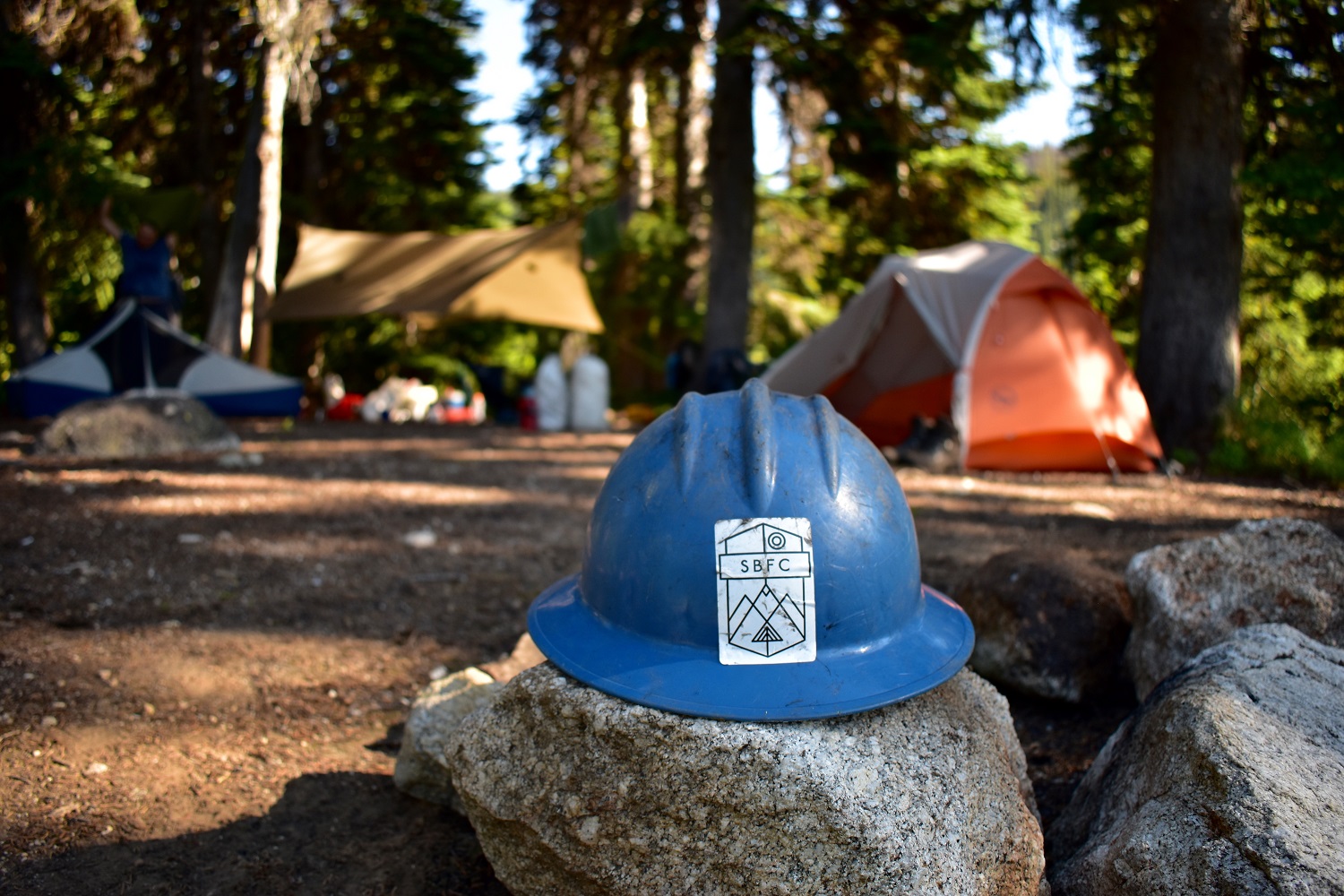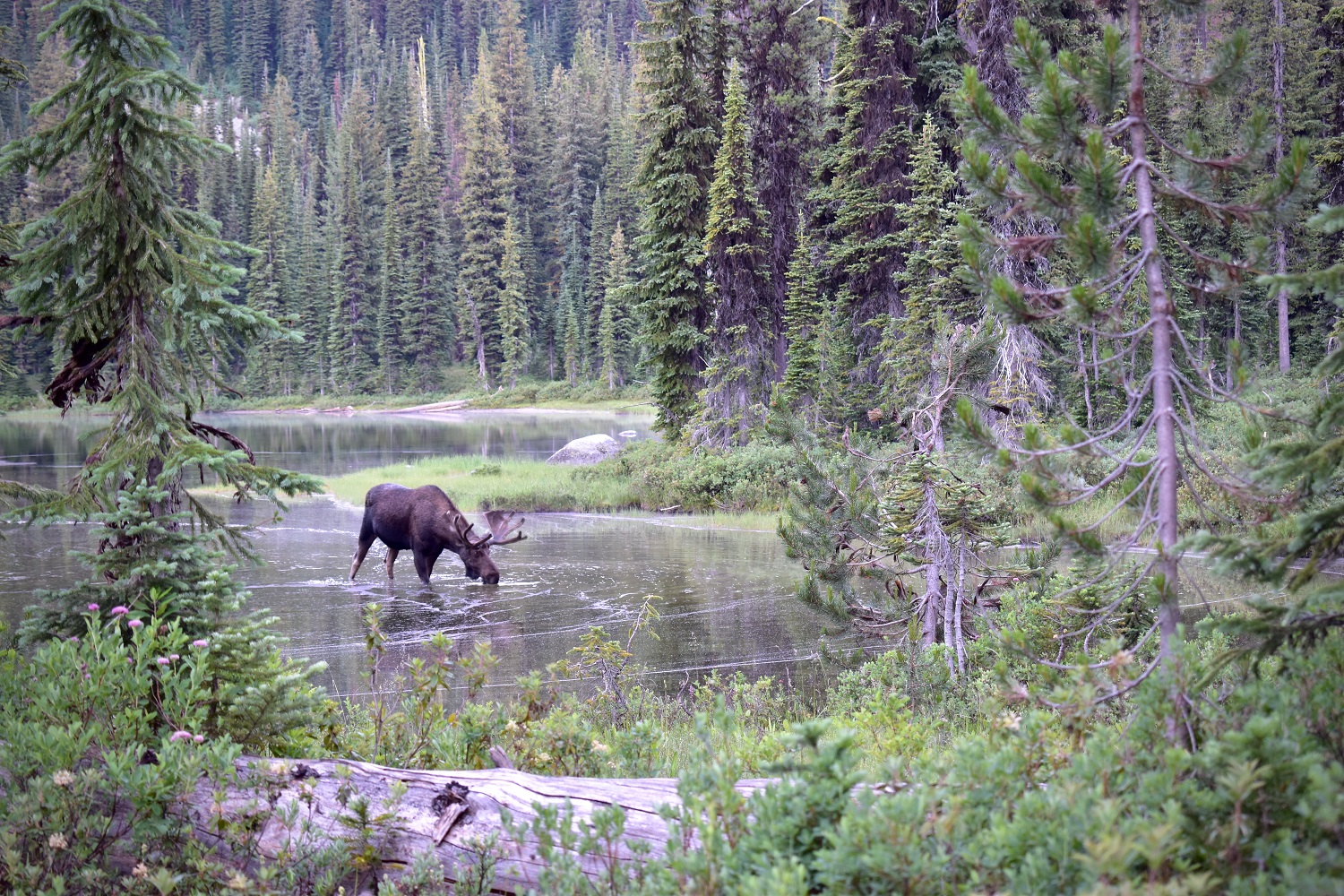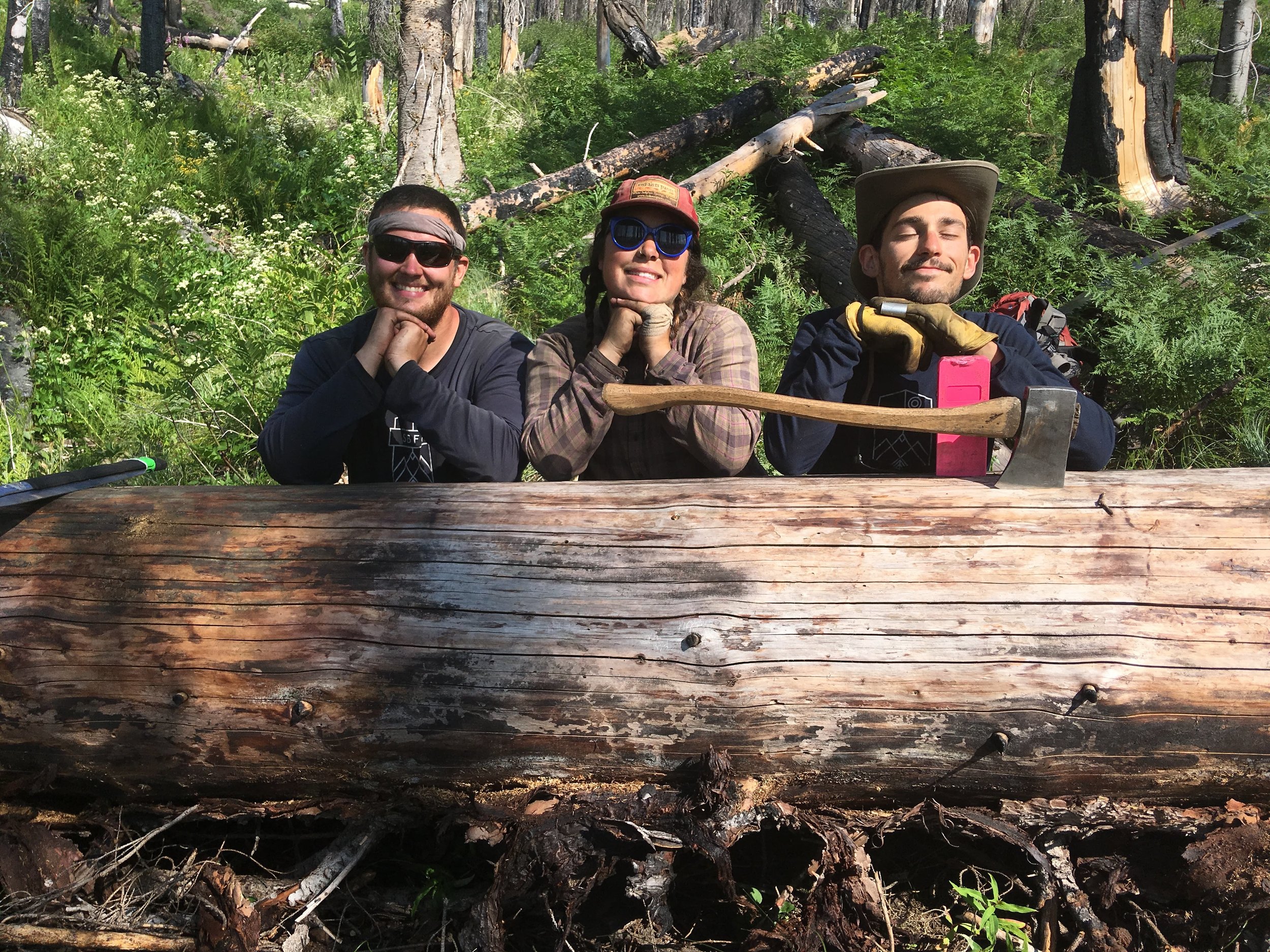Conner Adams - Trail Crew Leader - Nez Perce Clearwater
Four years ago, I didn’t know what a crosscut saw was. I had a vague concept of it as a tool that you would see on a Swiss cuckoo clock, rocking back and forth between two outlandish wooden lumberjack figurines every time the hour struck. I thought of an axe first and foremost as the burly weapon wielded by Gimli the Dwarf in The Lord of the Rings films. Pulaski was a rusty old town in Northern New York State, rock bar was where you beached your raft, and pick was what you did to your nose when no one was looking.
In fact, despite growing up around the Adirondack State Park in New York, I was completely unfamiliar with the concept of designated Wilderness until I was 25. My first encounter with Wilderness was in the Southeast. I entered the Raven Rocks Wilderness in northern Georgia, took a minute to read the sign, idly wondered why I couldn’t go hang-gliding in this area of the woods if I had wanted to, and then hiked on without a second thought. It wasn’t until I reached the Northern Rockies that I was finally confronted with the reality of Wilderness. Now, four years later, it is in my blood, and those tools that existed before only in museums have become as much a part of me as my arms or legs.
Despite having worked with chainsaws since my teenage years, I have developed a special fondness for the crosscut. Bucking and felling trees with a two-person crosscut saw is a manifestly different experience than ripping through wood with a Stihl. A chainsaw is a marvel of technology, a beastly machine thrashing through blowdown at full volume, heavy metal arpeggios rising and falling, the engine’s deep bass roaring, and trees cowering before the power of its gigantic amplified riffs.
Sawing with a crosscut is, to me, a different kind of music, a symphony for the ears. Wood creaks, the saw sings, my partner and I breathe in time to the song, my heart beats to a rising crescendo and the cymbals crash as the trees sways and topples to the ground. Sometimes I can hear the clap clap clap ahead in the distance as another crew member chops through a log, the rhythmic snaps echoing off the mountain walls. The sounds of Wilderness trail work are often the only accompaniment to my day. I have been sawing with my crew for long enough that we often don’t even have to speak to each other. My partner will tilt the saw up without being asked, just as I’m about to hit the dirt. He or she will bring the saw to a gentle stop just as it occurs to me that it’s time to pound in a wedge. Sometimes as we approach a new log, I will be handed the saw in the exact spot, at the exact angle I would have cut it. This unspoken bond between the crew and its tools is one of the most profoundly satisfying things about trail work.
When I’m out with a chainsaw, I often feel like I’m cheating, like I’m using technology as a crutch. I can tear through miles and miles of trail with minimal effort. I walk out of the mountains feeling as if I didn’t earn those views, that dip in the ice-cold swimming hole, that pot of spaghetti at the end of the day. With a crosscut and an axe, it’s an even trade. I’m not taming or mastering the wilderness with a combustion engine attached to some spinning teeth. Rather, I’m partnering with it, making a bargain: natural beauty and satisfying work in exchange for blood and sweat and effort.
I gladly accept all the benefits and conveniences granted to us by modern technology, but as the march of progress moves relentlessly forward, I am glad to hold on to a tradition that seems to me to embody everything great about the United States and the American conservation movement. I’m flattered and honored to be an instrument in the preservation and passing down of these traditions. Every time I cross the Wilderness Boundary with a saw in my hand and an axe on my back, I’m beginning a week of, in the words of Teddy Roosevelt, “working hard at work worth doing.”






